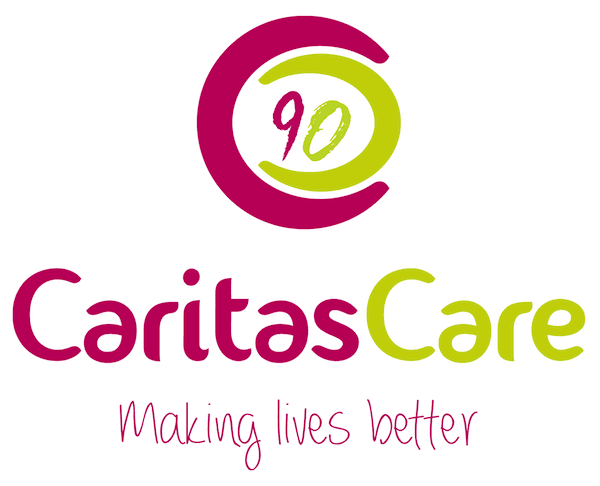Types of Foster Care
25 years of delivering high quality fostering services across Lancashire
Call: 0800 652 6955
There are several types of fostering and we would determine together which type of fostering you and your family would be best suited to.
Emergency Fostering
Where children need somewhere to stay at very short notice for a few days and nights. Sometimes children and young people need to be placed in temporary foster care, particularly when there’s an immediate risk of harm at home.
Short Term Fostering
Where carer(s) look after children for a few weeks or months, whilst more permanent plans are made for them.There are many reasons why children may need to be fostered on a short term basis. For example, they could be waiting for a permanent family, be under assessment with their social worker to decide on a care plan, a family breakdown or illness or child protection issues.
Long Term or Permanent Fostering
For some children adoption is not an option. For these children long term foster care is an alternative where they can live with their foster family until they reach adulthood or are old enough to live independently.
Short Breaks and Respite Fostering
Where children stay with a family or carer for defined periods of time whilst their family take a break. This can be anything from an overnight stay to regular weekend breaks.
Parent and Child Fostering
Parent and child foster care involves you as the carer helping a parent/s to care for their child, sharing your parenting skills whilst helping them to develop theirs. Your support is needed to make sure that the parent has the knowledge and understanding to be able to care for the child safely themselves.
Remand Fostering
Where a criminal court asks the Local Authority to identify a foster placement where a young person can stay whilst they await appearance in courts are transferred to the adoptive parents permanently on the making of the adoption order.
Early Permanence Fostering
Just when you thought we had told you everything, we throw this final curveball at you. There is another way. It begins as fostering and can end in adoption.
Early Permanence is a way of providing stability for a child of any age. In some cases a child’s plan is being “twin-tracked” and an assessment has not yet concluded what the right plan should be. In other cases the Local Authority plan is adoption but the court proceedings have not yet concluded.
Early Permanence is aimed at reducing delay and ensuring that children are placed in what is likely to be their “forever” home earlier. This provides consistency and stability for them at an earlier stage which means that they can start to put down roots and settle. Children who experience inconsistency can struggle in all aspects of their lives- Early Permanence can make a big difference in their formative years.
Adoption through Early Permanence including fostering for adoption and concurrent planning.




